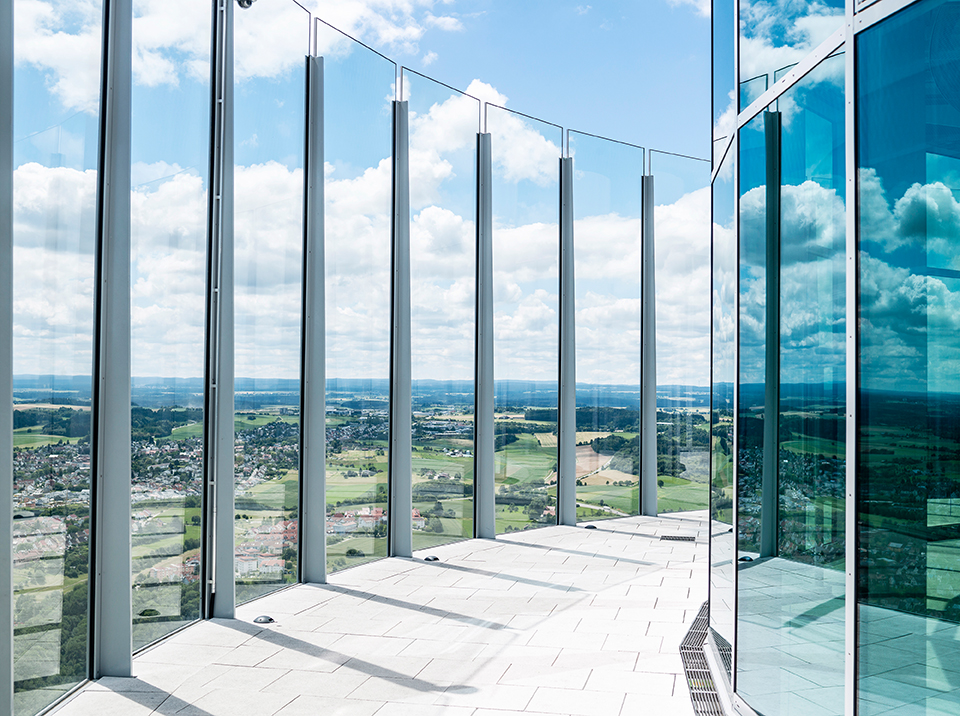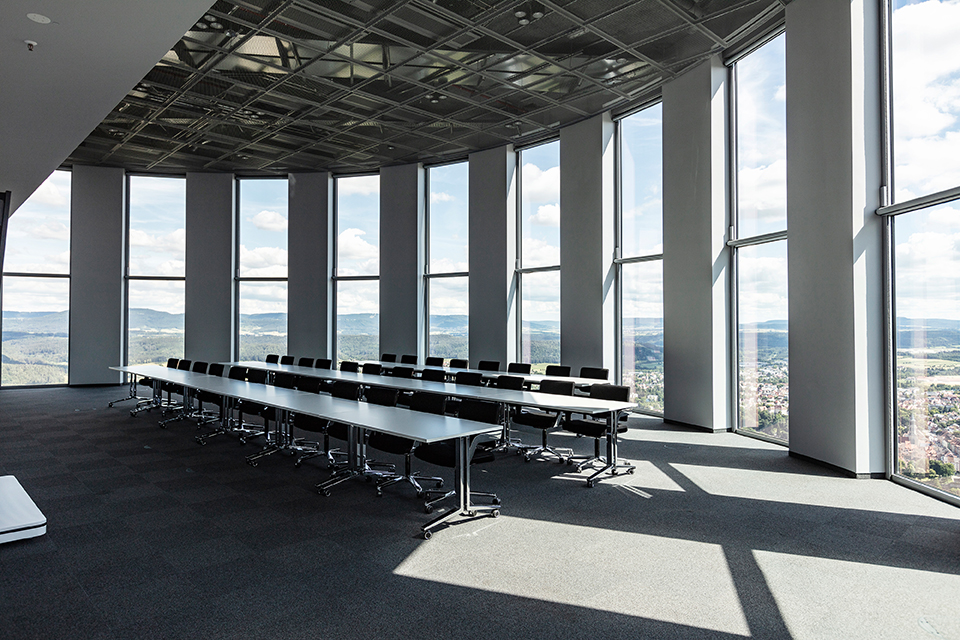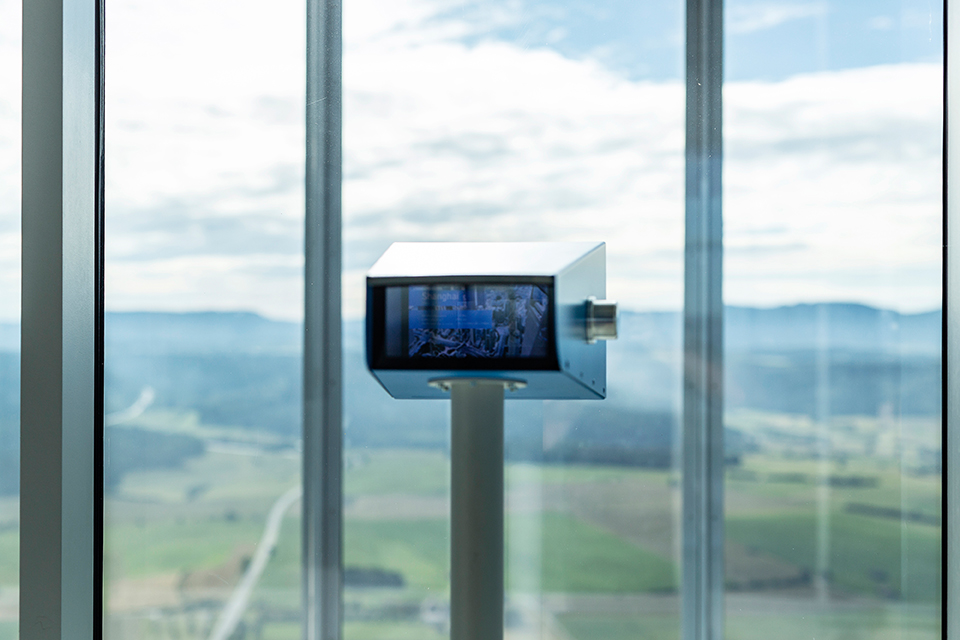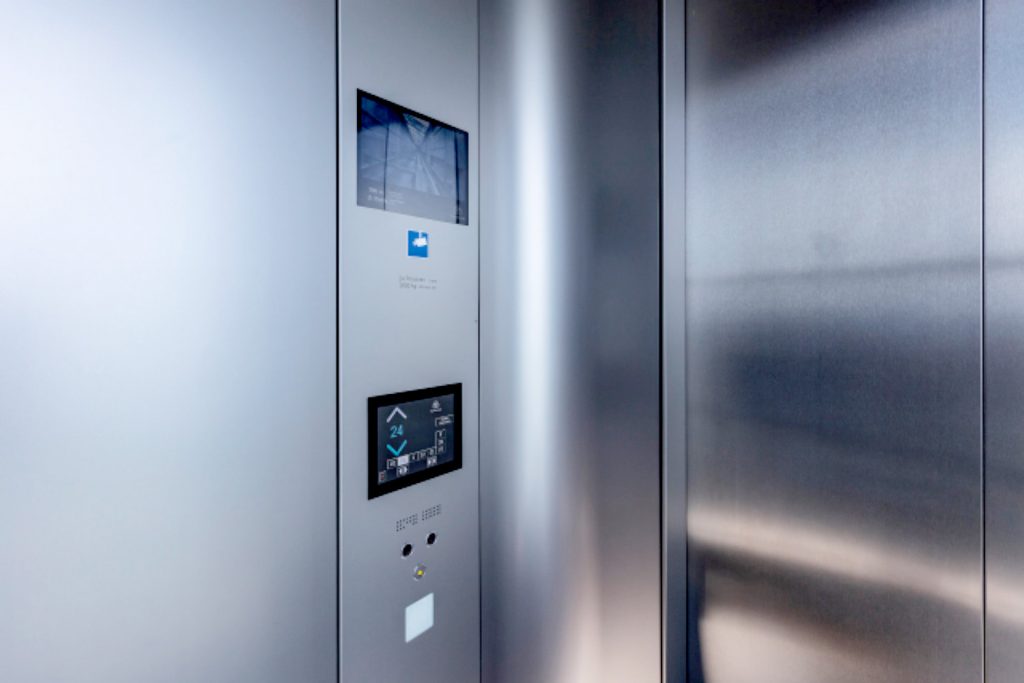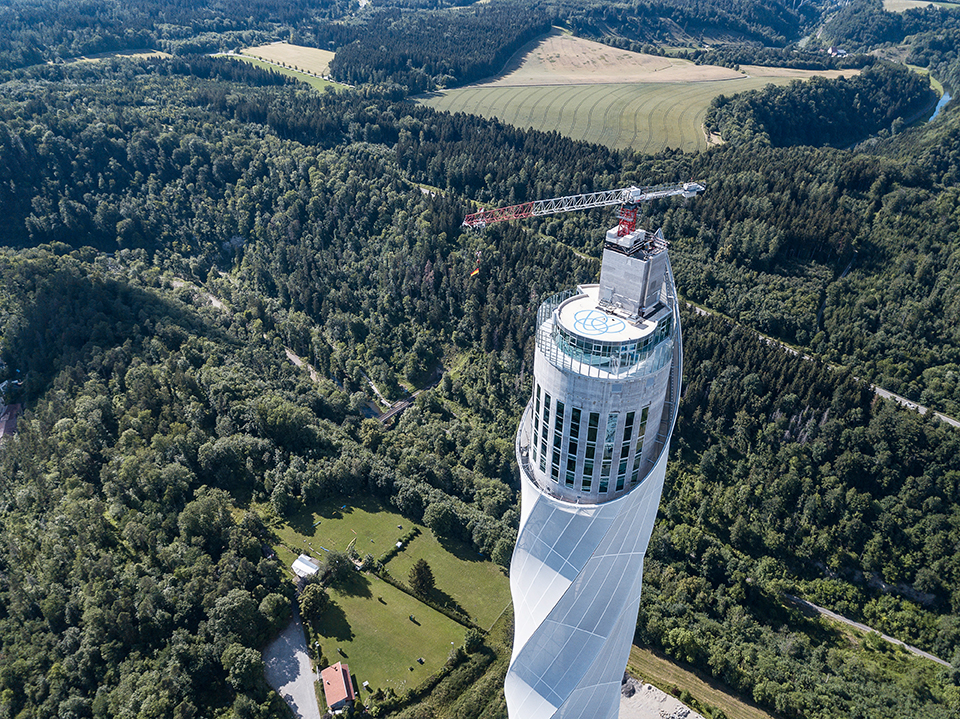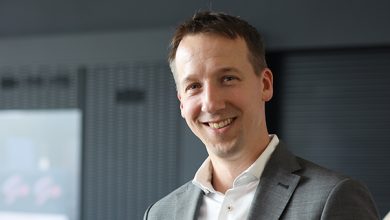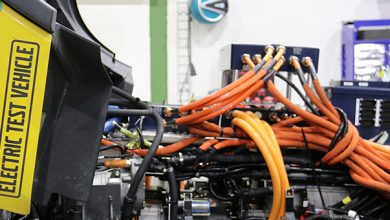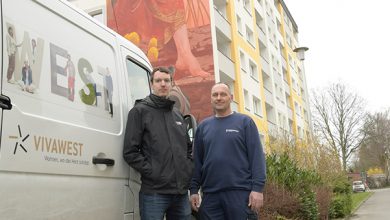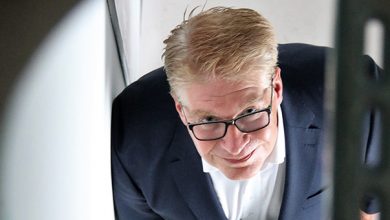Most people think of mobility as being horizontal. However, vertical motion is also a technological challenge. In the Swabian town of Rottweil in Germany, this has even resulted in the construction of an architectural highlight.
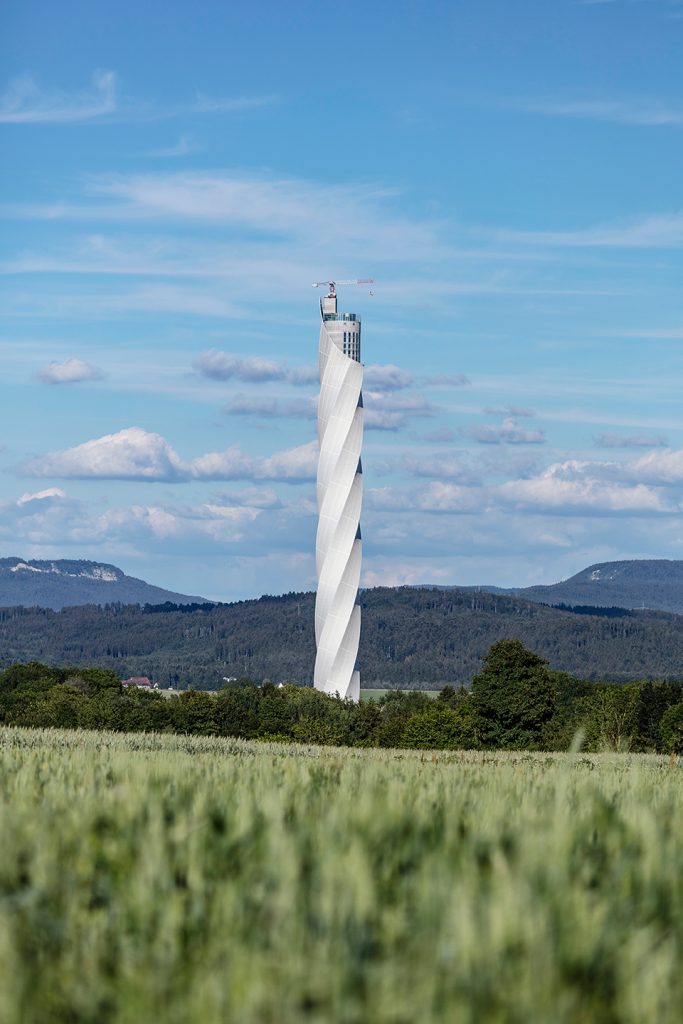
Rottweil calls itself the “City of Towers”. The small town between the Black Forest and the Swabian Alb mountains was built by the Romans, who first brought their technology which was highly advanced at the time, to the wilds of Germania around 2,000 years ago.
The medieval backdrop looking over the Neckar River has hardly changed since the 16th century. Now, however, Rottweil has become even richer with the addition of a very special attraction. The elevator division of thyssenkrupp, thyssenkrupp Elevator, has built a unique test tower here
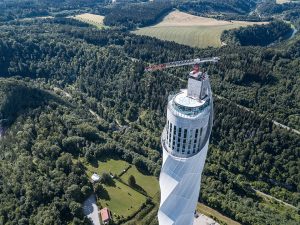
Thyssen Krupp is the global market leader in the field of elevator systems. With sales of € 7.5 billion
in the 2017/2018 financial year and customers in 150 countries, the company has established itself
as one of the leading elevator manufacturers in the world since its market launch 40 years ago.
Before construction of the test tower could begin, there was a comprehensive search for a suitable location because the giant requires particularly solid ground. At the same time, however, it had to be close to the Neuhausen production facility. Another restriction was that it was not to be built too close to Stuttgart Airport.
Ultimately, Rottweil proved to be ideal, not least because of the surrounding universities and high concentration of specialists.
240-tonne pendulum counters the wind
First, the 30 meter deep foundation pit was constructed. The race to the skies began in March. The test tower grew skywards by 3.60 meters per day. This was only possible thanks to the innovative slipforming construction method. The proud builders celebrated the topping-out ceremony just a few months later, in July 2015.
The interior construction with intermediate mezzanine ceilings and a 240-tonne pendulum, as well as the innovative exterior siding, were completed by 2017. The pendulum is a vibration absorber that actively balances the forces of the wind that pulls on the tower. This concrete weight hangs from a 9-meter long cable. It can be actively moved via two linear motors, thus compensating for and reducing the structural movements caused by the wind.
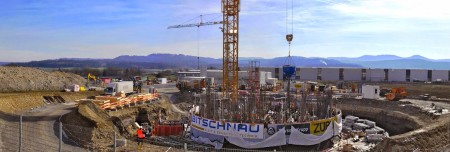
This function is supported by the eye-catching outer siding of the test tower, which is made of semi-transparent, Teflon-coated polytetrafluoroethylene (PTFE) glass fiber webbing that spirals upward. The webbing, which covers more than 17,000 square meters, is mounted on a steel substructure. The white outer shell not only serves to insulate the tower, but also to absorb additional wind forces that are dissipated by the spiral.
The elevators inside are coupled to a power recovery system, which works more effectively the more the elevator cars are loaded. Up to 30 percent of the energy used is recovered in this way.
Into the abyss without cables
Elevators are tested at speeds of up to 18 meters per second. An elevation of 90 meters is needed just to reach this maximum speed. Among other things, thyssenkrupp Elevator is testing the occupancy of one elevator shaft with two cars, and is developing a cable-free elevator system that is similar to a maglev train and enables the cabins to speed through the elevator shaft.
There are 12 elevator shafts available for use in the test tower. Nine of these are used for testing conventional elevator technology, while the other three are being used to develop the cable-free system. Phoenix Contact has been working together with thyssenkrupp Elevator for a long time. Among other products, terminal blocks, preassembled control cabinets, industrial PCs, and fiber optic cables including connection technology are used in the systems.
The necessary narrowness of the installed technology, the high mechanical loads, the highest safety standards for the elevators – the facts surrounding the test tower of Rottweil alone demonstrate that vertical mobility is also faced with fascinating challenges.
Some Facts about the Tower of Rottweil
10,000 square meters of land – that would be enough for 50 tennis courts
30,000 square metres of excavated earth – 60 million water bottles weigh the same amount
2,500 tons of steel used in the construction
15,000 cubic metres of concrete were used
The tower weighs 40,000 tons – the equivalent of 8,000 African elephants.
10 months was the active construction phase
100 engineers planned and supervised the construction of the
The tower grew 3.60 metres per day, three times as fast as bamboo in perfect surroundings.
Germany’s highest visitor platform is 232 metres above the ground
220 meters high we enter a 157 square meter conference room.
If the second, smaller conference room is booked, you must be 216 meters high.
Testturm thyssen krupp
The construction in time lapse
thyssen krupp Elevator
